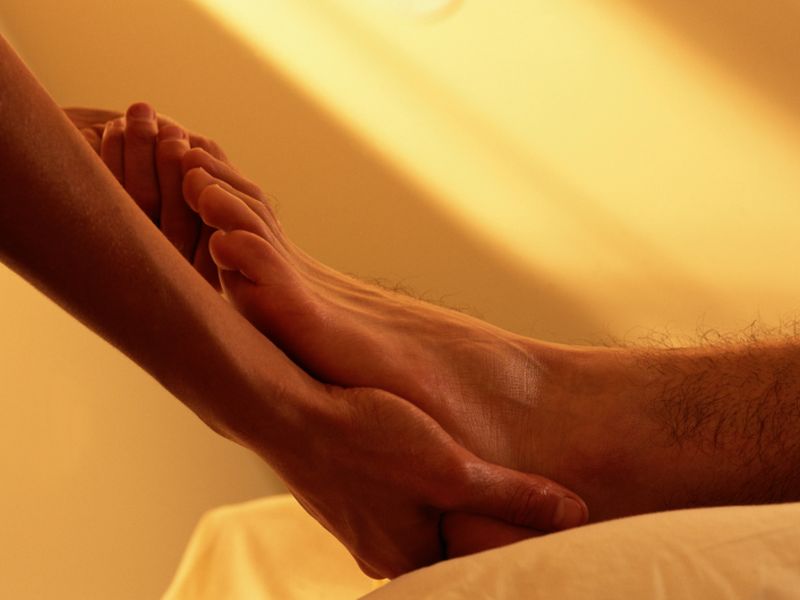How to Keep Your Feet on a Sound, Pain-Free Footing

SATURDAY, Sept. 14, 2019 (HealthDay News) -- Don't let foot problems hobble your autumn activities, a foot surgeon says.
"Foot health contributes to your overall health. From beginners to advanced athletes, proper foot care is important to keep your body healthy," said Dr. John Giurini, chief of podiatric surgery at Beth Israel Deaconess Medical Center, in Boston.
One of the most common foot problems among active people is plantar fasciitis, inflammation of the thick band of tissue in the arch of the foot.
"Under normal circumstances, your plantar fascia helps absorb the shock of pounding on pavement," Giurini said in a medical center news release. "But repetitive stretching can lead to inflammation and irritation, and even small tears."
Along with overuse, other risk factors for plantar fasciitis include being flat-footed or having a high arch, being overweight, or doing activities in worn-out or inappropriate footwear.
"When caught early, mild cases can be treated conservatively with rest, ice and stretching to give the inflammation time to heal," Giurini said. "In some cases, physical therapy and orthotic devices can be helpful. In more severe or resistant cases, steroid injections and surgical procedures may be necessary to alleviate this pain."
Blisters are another common foot problem and develop due to constant friction and moisture. Blisters can be painful and, if they break open, can become infected.
"This is where proper shoe fit is important -- as are socks," Giurini said. "Breaking in new shoes gradually can help prevent a blister. Wicking-type of socks that absorb sweat can also help."
If you notice a blister starting to form, put a bandage or piece of tape over the area to prevent further irritation. If the blister gets bigger, more painful or redness develops around it, you should have it checked for infection.
Toenail injuries can occur if your shoes aren't the right size.
"Some of my patients who run long road races joke that black toenails are just part of the game," Giurini said. "But the black coloration is actually bruising and blood buildup, and can become really painful."
Along with wearing shoes that aren't too big or too small, keeping your toenails trimmed can prevent toenail injuries.
Other potential problems include foot sprains, strains and tendinitis. RICE (rest, ice, compression, elevation) is a good first-line of treatment for such problems, and also for stress fractures that occur from repetitive stress on the bone.
"Swelling, bruising and difficulty walking are all signs that you may have a stress fracture," Giurini said.
If you use RICE for a stress fracture, but you still have pain, swelling or bruising, see a podiatrist, he advised.
More information
The U.S. National Institutes of Health has more on foot health.

The news stories provided in Health News and our Health-E News Newsletter are a service of the nationally syndicated HealthDay® news and information company. Stories refer to national trends and breaking health news, and are not necessarily indicative of or always supported by our facility and providers. This information is provided for informational and educational purposes only, and is not intended to be a substitute for medical advice, diagnosis, or treatment.

